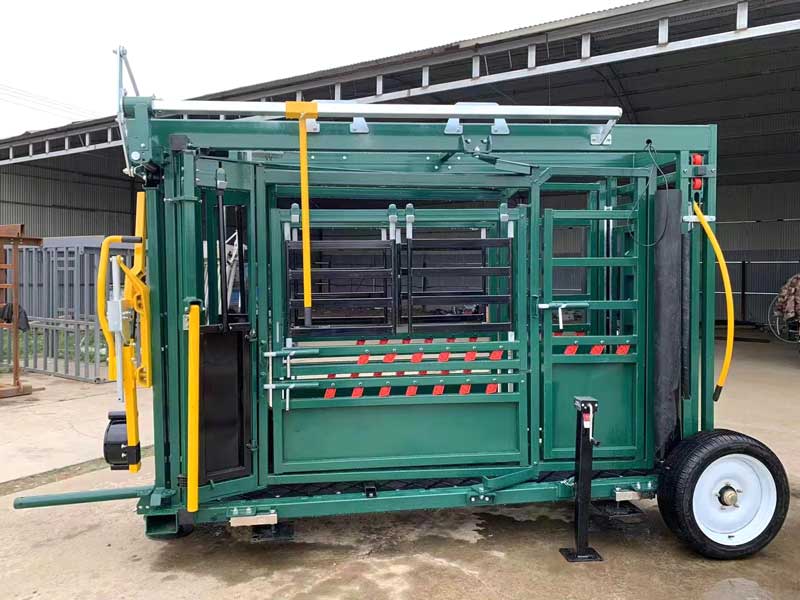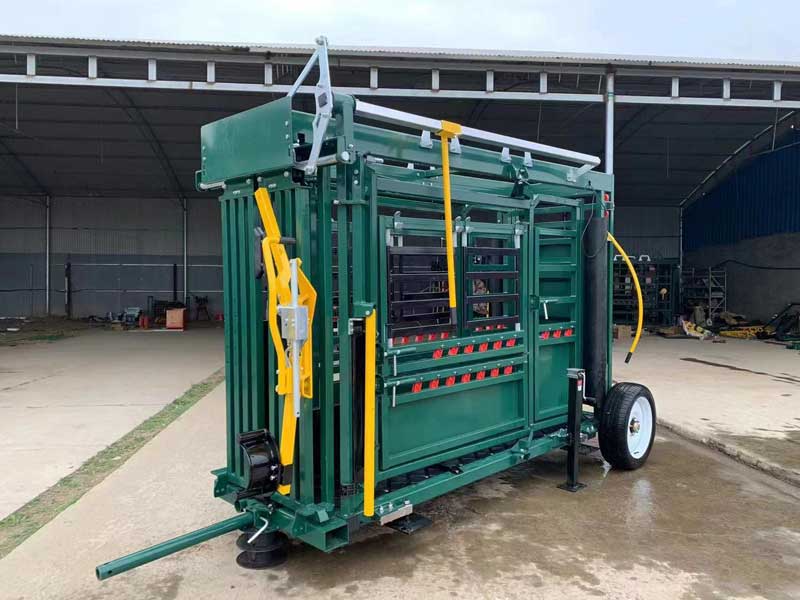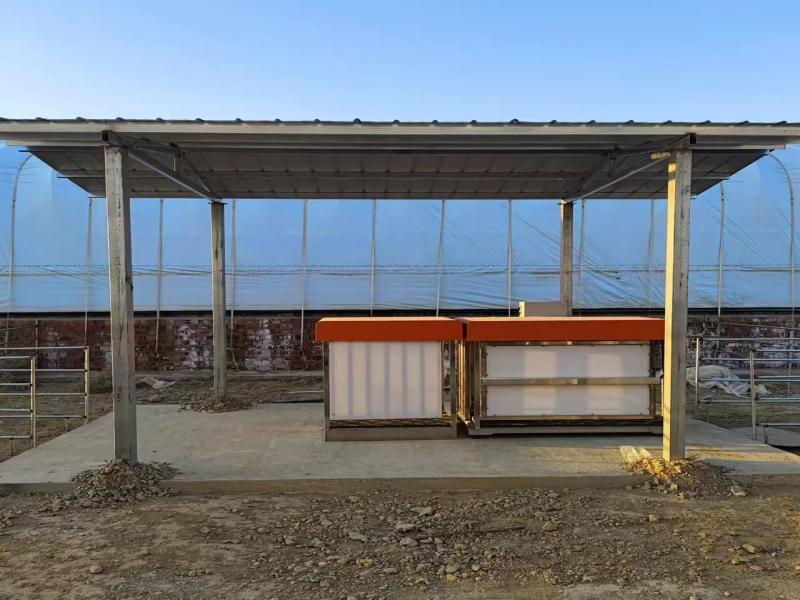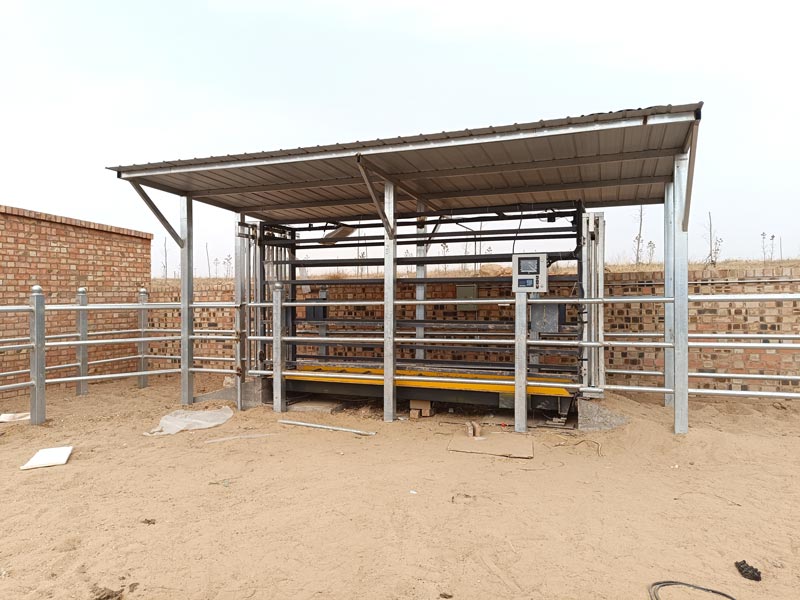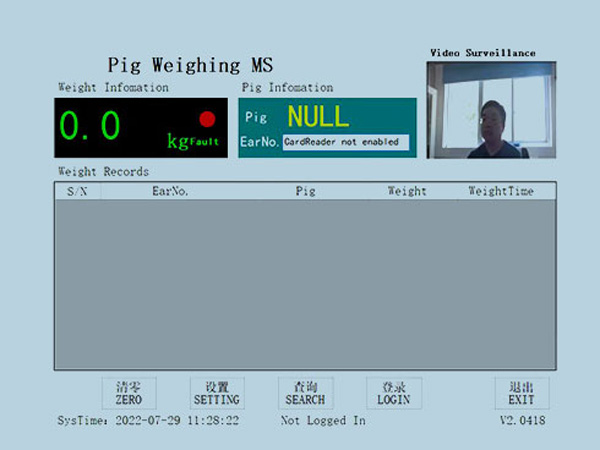Advantages of choosing a fence system for animal husbandry
In animal husbandry production, the fence system, as a basic and key facility, is increasingly highlighting its irreplaceable importance. Reasonable selection and use of the fence system can bring many significant advantages to the development of animal husbandry, from improving production efficiency to promoting animal health, from optimizing resource utilization to maintaining ecological balance, and promoting the modernization and sustainable development of animal husbandry in all aspects.
Improving production management efficiency
The fence system has brought great convenience to the production management of animal husbandry and significantly improved work efficiency. In the traditional open breeding model, the range of livestock activities is not limited, and the breeders need to spend a lot of time and energy in grazing, driving, counting and other work links, and the work is difficult. The fence system clearly defines the activity area of livestock, making grazing management orderly. For example, at a fixed grazing time every day, breeders can easily guide livestock to the designated pasture area in the fence, avoiding the trouble of looking for livestock everywhere; when collecting grazing, they can also quickly drive livestock back to a specific pen fence. For example, in some large-scale cattle and sheep farms, with the help of the fence system, a breeder can easily manage several times more livestock than before, and the labor cost can be greatly reduced, while the work efficiency is increased several times.
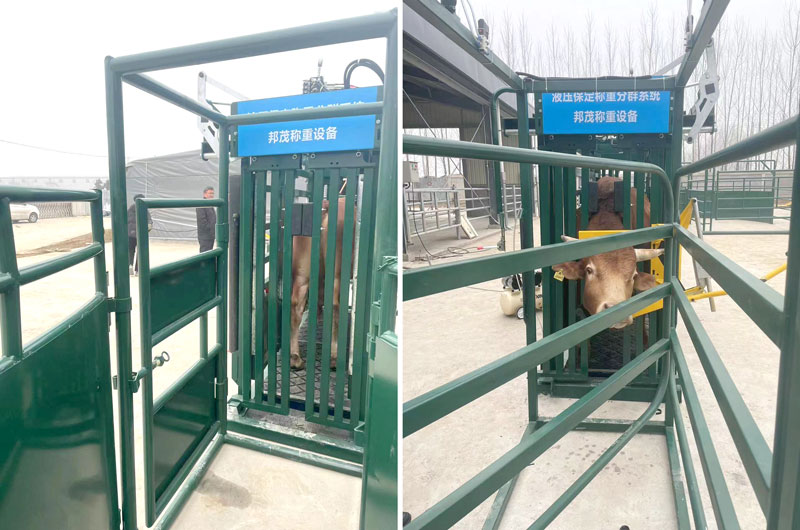
Ensuring the health and safety of livestock
The fence system plays a key role in ensuring the health and safety of livestock. First, it builds a relatively safe, stable and protected living space for livestock, effectively blocking the intrusion of wild animals and stray animals from the outside, and reducing the risk of livestock being attacked and infected with foreign diseases. For example, in some grassland pastoral areas, fences can prevent wild animals such as wild wolves from harming the flock and reduce livestock casualties. Secondly, by rationally planning the space in the fence, such as setting up different functional areas such as rest areas, feeding areas, and drinking water areas, livestock can be encouraged to develop good living habits, ensure adequate rest and a reasonable diet, and thus improve the physical fitness and disease resistance of livestock. In addition, when livestock are sick or injured, the fence makes it easy for breeders to find them in time and isolate them in a specific treatment area to avoid the rapid spread of the disease in the herd, which is conducive to targeted treatment and care of sick livestock.
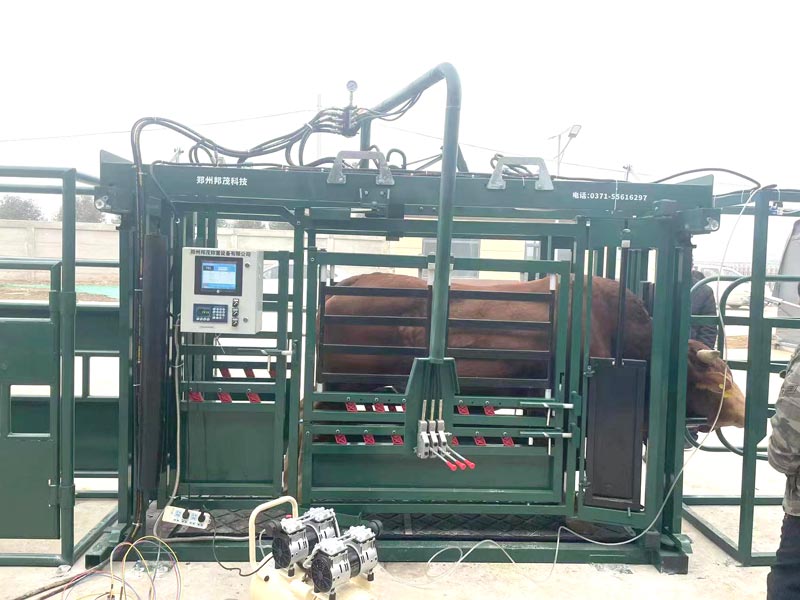
Promote scientific breeding and precision feeding
Scientific breeding methods are inseparable from precise management, and the fence system provides strong support for achieving this goal. In the fence breeding mode, breeders can group livestock in different fence areas according to factors such as breed, age, weight, growth stage, etc., and formulate personalized feeding plans for the nutritional needs of each group of livestock to achieve precise feeding. For example, for young livestock, nutritious and easy-to-digest feed can be provided in the fence where they are located; for livestock in the fattening period, the feed formula and feeding amount can be accurately adjusted according to their growth rate and meat quality requirements. This precise feeding method can not only improve the utilization rate of feed, reduce feed waste, and reduce breeding costs, but also ensure that each livestock can obtain appropriate nutrition supply, promote its healthy growth, and improve the quality of livestock and breeding benefits.

Realize the rational use of grassland resources
In animal husbandry production dominated by grazing, grassland resources are the core means of production. The fence system can help achieve the rational use and sustainable development of grassland resources. By setting up fences, large areas of grassland can be divided into multiple rotational grazing areas. Breeders can regularly transfer livestock from one area to another for grazing according to a scientific rotational grazing plan. The benefits of doing so are multifaceted: on the one hand, it allows the grazed grassland to have sufficient time to recuperate and restore vegetation growth, avoid grassland degradation and desertification due to overgrazing, and maintain the balance and stability of the grassland ecosystem; on the other hand, reasonable rotational grazing can increase the grass yield and quality of the grassland, because grass at different growth stages has different nutritional values for livestock. Rotational grazing can ensure that livestock always eat fresh, nutritious grass, improving the quality of livestock feeding and growth performance. For example, in some grassland areas, after the implementation of fence rotational grazing, the grassland vegetation coverage rate has increased significantly, the grass yield has increased by [X]%, and the growth rate of livestock has accelerated, and the breeding efficiency has been significantly improved.
Helping the modernization and intelligent development of animal husbandry
With the rapid development of science and technology, modern animal husbandry is moving towards intelligence and automation. As an infrastructure, the fence system provides important support for this development trend. Nowadays, many advanced fence systems integrate intelligent equipment, such as electronic monitoring equipment and sensors. Electronic monitoring equipment can monitor the activity and health of livestock in the fence in real time. Once abnormal behavior or physical changes of livestock are found, it can promptly send an alarm to the breeder; sensors can monitor environmental parameters such as temperature, humidity, and air quality in the fence, and automatically adjust ventilation, temperature control and other equipment according to the set standards to create a comfortable and stable growth environment for livestock. In addition, some intelligent fence gates can also be automatically opened and closed through remote control or preset programs to achieve automated management of livestock grazing and returning to the circle. The realization of these intelligent functions not only further improves the efficiency and accuracy of livestock production management and reduces manpower input, but also provides a rich data foundation for big data analysis and intelligent decision-making in livestock industry, and promotes the development of livestock industry in a more modern and intelligent direction.
In summary, the choice of fence system in livestock industry has many advantages, such as improving production management efficiency, ensuring livestock health and safety, promoting scientific breeding and precise feeding, realizing rational use of grassland resources, and promoting modernization and intelligent development. During the current critical period of transformation and upgrading of animal husbandry, the rational use of fencing systems will inject strong impetus into the sustainable and high-quality development of animal husbandry, enable it to better adapt to market demand and achieve the organic unity of economic, social and ecological benefits.


